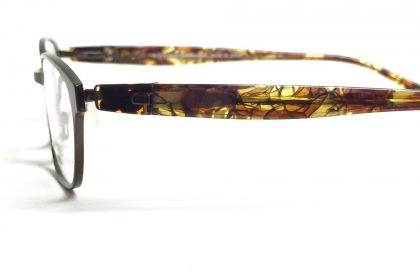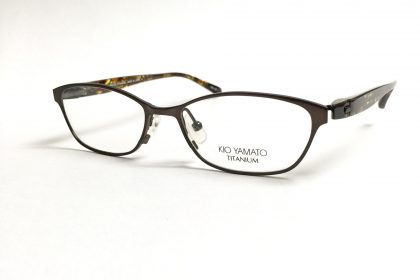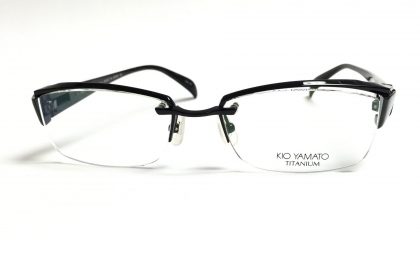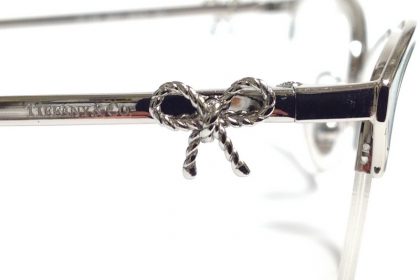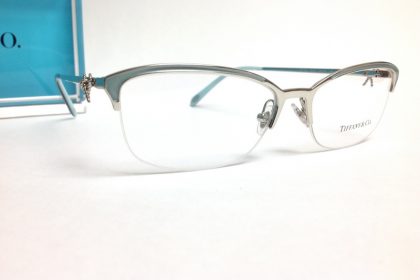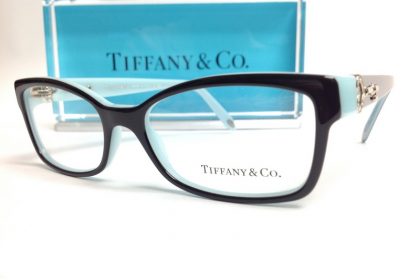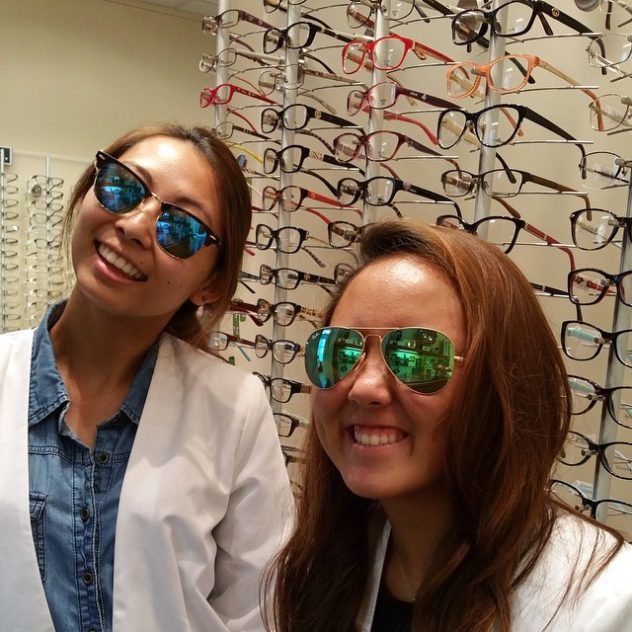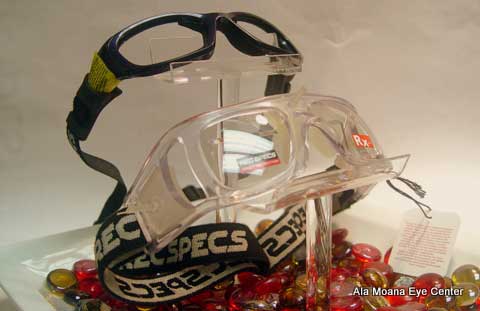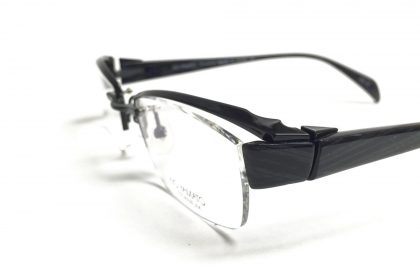Survey Reveals Parents Drastically Underestimate the Time Kids Spend on Electronic Devices
Home and classroom digital device use is up among school-age children; Dr. Inouchi recommends yearly back-to-school eye exams
According to the American Optometric Association (AOA), parents severely underestimate the time their children spend on digital devices. An AOA survey reports that 83 percent of children between the ages of 10 and 17 estimate they use an electronic device for three or more hours each day. However, a separate AOA survey of parents revealed that only 40 percent of parents believe their children use an electronic device for that same amount of time. Eye doctors are concerned that this significant disparity may indicate that parents are more likely to overlook warning signs and symptoms associated with vision problems due to technology use, such as digital eye strain.
Eighty percent of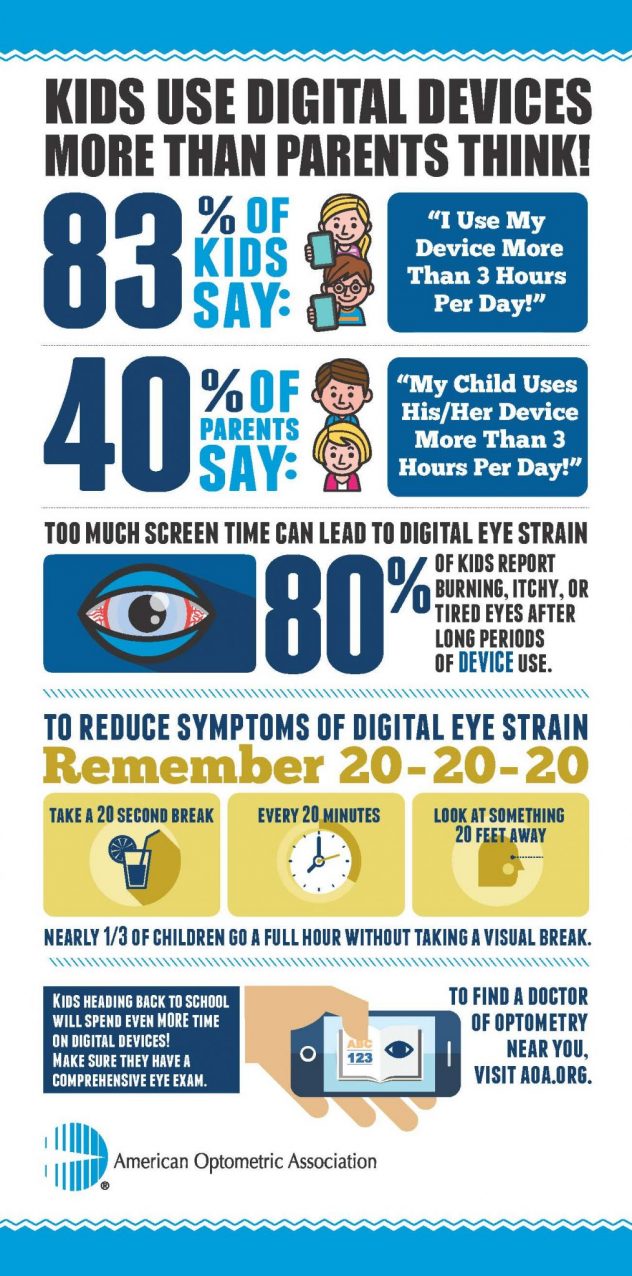 children surveyed report experiencing burning, itchy or tired eyes after using electronic devices for long periods of time. These are all symptoms of digital eye strain, a temporary vision condition caused by prolonged use of technology. Additional symptoms may include headaches, fatigue, loss of focus, blurred vision, double vision or head and neck pain.
children surveyed report experiencing burning, itchy or tired eyes after using electronic devices for long periods of time. These are all symptoms of digital eye strain, a temporary vision condition caused by prolonged use of technology. Additional symptoms may include headaches, fatigue, loss of focus, blurred vision, double vision or head and neck pain.
“When parents think about their kids’ mobile consumption habits, they often don’t think about how much time they spend on devices in the classroom,” said Dr. Inouchi. “Each year when school starts we see an increase in kids complaining of symptoms synonymous with eye strain. Essentially, they’re going from being home over the summer with a minimal amount of time spent using their devices back to a classroom full of technology, and their time on devices often doubles, leading to a strain on the eyes.”
Optometrists are also growing increasingly concerned about the kinds of light everyday electronic devices give off – high-energy, short-wavelength blue and violet light – and how those rays might affect and even age the eyes. Today’s smartphones, tablets, LED monitors and even flat screen TVs all give off light in this range, as do cool-light compact fluorescent bulbs. Early research shows that overexposure to blue light could contribute to eye strain and discomfort and may lead to serious conditions such as age-related macular degeneration (AMD), which can cause blindness.
When it comes to protecting eyes and vision from digital eye strain, taking frequent visual breaks is important. Children should make sure they practice the 20-20-20 rule: when using technology or doing near work, take a 20-second break, every 20 minutes and view something 20 feet away. According to the survey, nearly one-third (32 percent) of children go a full hour using technology before they take a visual break instead of every 20 minutes as recommended.
Additionally, children who normally do not require the use of eyeglasses may benefit from glasses prescribed specifically for intermediate distance for computer use. And children who already wear glasses may find their current prescription does not provide optimal vision for viewing a computer screen. An eye doctor can provide recommendations for each individual patient.
Dr. Inouchi suggests the following guidelines to help prevent or reduce eye and vision problems associated with digital eye strain:
- Check the height and position of the device. Computer screens should be four to five inches below eye level and 20 to 28 inches away from the eyes. Digital devices should be held a safe distance away from eyes and slightly below eye level.
- Check for glare on the screen. Windows or other light sources should not be directly visible when sitting in front of a computer monitor. If this happens, turn the desk or computer to prevent glare on the screen. Also consider adjusting the brightness of the screen on your digital device or changing its background color.
- Reduce the amount of lighting in the room to match the computer screen. A lower-wattage light can be substituted for a bright overhead light or a dimmer switch may be installed to give flexible control of room lighting.
- Adjust font size. Increase the size of text on the screen of the device to make it easier on your eyes when reading.
- Keep blinking. To minimize the chances of developing dry eye when using a computer or digital device, make an effort to blink frequently. Blinking keeps the front surface of the eye moist.
Dr. Inouchi recommends every child have an eye exam by an optometrist soon after 6 months of age and before age 3. Children now have the benefit of yearly comprehensive eye exams thanks to the Pediatric Essential Health Benefit in the Affordable Care Act, through age 18.
“Parents should know that vision screenings miss too many children who should be referred to an optometrist for an eye examination to correct vision,” added [NAME]. “Eye exams performed by an eye doctor are the only way to diagnose eye and vision diseases and disorders in children. Undiagnosed vision problems can impair learning and can cause vision loss and other issues that significantly impact a child’s quality of life.”
For additional information on children’s vision and the importance of back-to-school eye exams, or to make an appointment for your child with Dr. Inouchi for a comprehensive eye exam, visit call 808.949.2662.
Happy Labor Day
Our office will be closed on Monday September 7, 2015 for the Labor Day holiday. We will reopen the office on Tuesday, September 8, 2015.
To Our Staff:
Generally, Labor Day passes all too quickly as the third day off in a three-day weekend. This year, however, I want to remind you that Labor Day is a time to recognize the laborer. That’s you. I would like to express my gratitude to all of you for doing your jobs honestly and efficiently this past year. Indeed, each of you plays an important role in this optometric practice and contributes to our collective success. Please accept my best wishes for each of you and have a safe and fun three-day weekend!
Dr. Dan & Dr. Tracie
Juicy Couture Eyewear – Peace

?Peace ✌?️#alamoanaeye #eyeglasses #juicycouture #peace #littledrama #alohatometrist
Juicy Couture Eyewear – Peace
Happy Admission Day
Happy Admission Day.
Our office will be closed on August 21, 2015 for the Admission day holiday and will reopen on August 22, 2015.
School starts soon… time for their check-up.
I love this video…
One in four children has a vision problem, but the signs may not be so obvious. Only an eye doctor can tell for sure. Since 80 percent of all childhood learning happens through the eyes, one thing is crystal clear: good grades and good vision go hand in hand.
Technology Advancements Enhance Early Detection of Eye Diseases Associated with Diabetes
The American Optometric Association reminds patients that yearly, comprehensive eye exams remain a critical pathway to eye and vision health
Early symptoms of diabetic eye and vision disorders are often subtle or unnoticed, but new technology, coupled with yearly, comprehensive eye exams, are improving patient outcomes and leading to earlier detection of eye diseases, including those associated with diabetes, which now affects 29 million Americans. If left untreated, these diseases can potentially lead to vision loss or even blindness.
Recently, optometric researchers have deployed a new tool that utilizes advanced optics to detect early warning signs of vision loss that can occur due to diabetes. The instrument uses small mirrors with tiny moveable segments to reflect light into the eye and was successful in finding widespread damage across the retina of patients who were previously not thought to have advanced disease.
“Diabetes is the leading cause of preventable blindness in adults, and eye doctors are continuously working to find new ways to diagnose eye and vision disorders related to this disease,” said Trennda Rittenbach, O.D., spokesperson for the American Optometric Association. “These advancements are critical in offering earlier, better care for patients with diabetes, diabetic retinopathy and other retinal vascular diseases, before an eye problem reaches an advanced stage.”
Individuals with diabetes are at a significantly higher risk for developing eye and vision disorders, including:
Diabetic retinopathy:
One of the most serious sight-threatening complications of diabetes, diabetic retinopathy causes progressive damage to the tiny blood vessels that nourish the retina, the light-sensitive lining at the back of the eye. If left untreated, diabetic retinopathy may lead to blindness.
Glaucoma:
Those with diabetes are 40 percent more likely to suffer from glaucoma than people without diabetes. Glaucoma is a group of eye diseases characterized by damage to the optic nerve resulting in gradual peripheral vision loss.
Cataracts:
With cataracts, the eye’s clear lens clouds, which can block light and interfere with normal vision, and individuals with diabetes are 60 percent more likely to develop cataracts.
Other new advancements are currently in development to further enhance diabetic care, including research on smart contact lenses, which could be used to help monitor blood sugar levels in patients with diabetes and possibly provide a new way to dispense medication slowly over time.
“Though these advancements in technology can assist in the detection and management of eye diseases, they are not replacements for yearly, comprehensive eye exams,” said Dr. Rittenbach. “When the eyes are dilated, an eye doctor is able to examine the optic nerve, the retina and the retinal blood vessels to assess eye health and even a person’s overall health.”
If patients, especially those with diabetes, experience any of the following symptoms, the AOA recommends contacting a doctor of optometry as soon as possible.
- Sudden blurred or double vision
- Trouble reading or focusing on near-work
- Eye pain or pressure
- A noticeable aura or dark ring around lights or illuminated objects
- Visible dark spots in vision or images of flashing lights
The AOA also recommends individuals with diabetes take prescribed medication as directed, keep glycohemoglobin test results (“A1c” or average blood sugar level) consistently under seven percent, stick to a healthy diet that includes Omega 3s, fresh fruits and vegetables, exercise regularly, control high blood pressure and avoid alcohol and smoking.
What You Need to Know About Dry Eye
Tears Wanted
What you need to know about dry eye:
- 38% of adults experience dry eye, a lack of tears or poor quality of tears, which can cause irritated or gritty eyes, redness, burning, blurred vision.
Dry Eye can stem from:
- Age – Those 65 and older
- Gender – Particularly in women who are pregnant or experiencing menopause
- Medications or Medical Conditions – Decongestants, anti-depressants, diabetes, thyroid issues
- Environment – Conditions such smoke, wind or dry climate
- Technology – Not taking breaks from digital devices
Here are some tips to help alleviate symptoms:
- Increase the level of humidity
- Wear sunglasses to reduce exposure to wind and sun.
- Use nutritional supplements (if recommended)
- Drink 8-10 glasses of water every day
Advanced dry eye could damage and impair vision. Dr. Daniel Yamamoto & Dr. Tracie Inouchi can prescribe treatment to keep your eyes healthy.

It’s Friday… time for something different.
Chicken skin… Amy Winehouse in her prime. I love this live performance, she sounds amazing singing and playing that Strat.
Proper Eyewear and Healthy Vision Crucial for Athletes’ Performance
As athletes gear up for a game, a vital component must be on their checklists—eye protection. Although extremely important, eyewear isn’t always a priority for some. According to the American Optometric Association’s (AOA) 2014 American Eye-Q® consumer survey, only 21 percent of those surveyed wear protective eyewear when playing contact sports. Athletes also need to be sure their eye health and vision are at their best—after all, a player’s vision could be the difference between their team’s win or loss.
Dr. Tracie Inouchi can recommend appropriate eye protection for athletes and ensure their vision is sharp for the game.
Liberty Optical Safety Eyeglasses
What sports are considered high-risk for eye injury?
Sports considered by the National Eye Institute to be high-risk for eye injuries include baseball, softball, basketball, hockey, and racquetball. Basketball, in particular, has been ranked as a leading cause of eye injuries among 15- to 24-year-olds.
Tips to prevent serious eye injury
To prevent injury, athletes are advised to wear eye protection that may include safety glasses and goggles, safety shields, and eye guards designed for a particular sport and that meet American Society for Testing and Materials (ASTM) standards. These types of protection are designed to be impact resistant without clouding an athlete’s vision. Dr. Inouchi can advise a patient athlete, coach, or parent on the best protection for that athlete and his or her needs.
UV protection is also important to consider, as exposure to UV radiation without proper protection can lead to serious problems.
“Short-term exposure to UV rays could lead to photokeratitis, also known as ‘sunburn of the eye,’” said Dr. Inouchi. “Symptoms of photokeratitis include red eyes, a foreign-body sensation or gritty feeling in the eyes, extreme sensitivity to light and excessive tearing. Long-term exposure to UV can cause damage to the eye, possibly resulting in cataracts, age-related macular degeneration, or other visual impairments.”
For optimal eye sun-safety, the AOA recommends wearing sunglasses that block out 99 to 100 percent of both UV-A and UV-B rays. Click here to learn more about UV protection.
Be prepared for an injury
Those on the sidelines need to keep an ocular emergency first aid kit on the bench so eye trauma can be dealt with swiftly and properly.
“A kit should include saline solution to ‘flush out’ an athlete’s eyes and a penlight with a blue filter and fluorescein dye to detect foreign bodies,” said Dr. Inouchi. “Coaches should also have an ocular emergency triage card on hand so they know when it’s time to visit the optometrist for an eye injury.”
Click here to download an ocular emergency triage card from the AOA Sports Vision Section, which works year-round to advance the quality and delivery of optometric sports vision care.
By visiting Dr. Daniel Yamamoto & Dr. Tracie Inouchi regularly for comprehensive eye care, athletes can perform their best on the court or field with clear and healthy vision, as well as be sure their eyes are protected and, hopefully, bring home a win.
To make an appointment with Dr. Daniel Yamamoto & Dr. Tracie Inouchi for a comprehensive eye exam, call 808.949.2662
Red, White and Blue
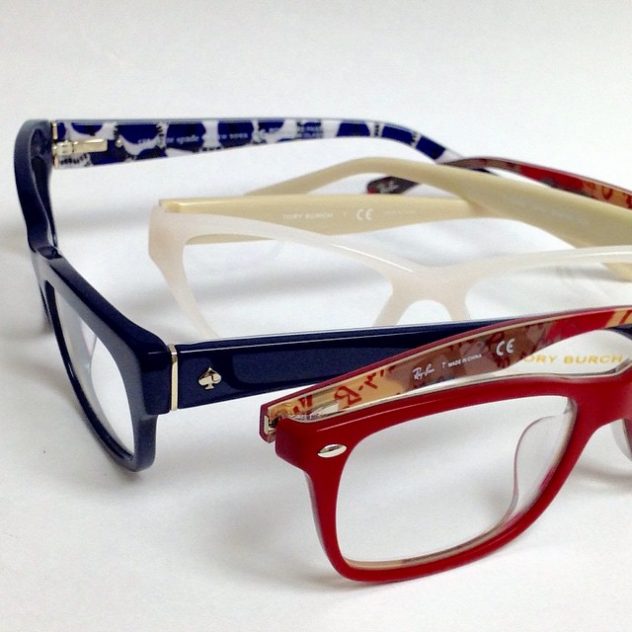
Red, White or Blue? Have a great holiday weekend. #alamoanaeye #glasses #eyeglasses #redwhiteorblue #optometrist
Happy Independence Day
Happy 4th of July.
Our office will be closed on July 4, 2015 for the Independence Day holiday and will reopen on July 6, 2015. Have a safe and happy 4th of July.
Kio Yamato Eyeglasses
Made in Japan, Kio Yamato eyeglasses appeal to individuals who appreciate superior workmanship and clean design. Japan is known to be the source for the best quality beta titanium eyeglass frames. These Kio Yamato’s frames are not made of 20% low grade titanium eyeglasses. Look at Kio Yamato’s signature titanium “J-hinge” and you’ll see the clean design lines, technology and beauty that make Kio Yamato eyeglasses so popular.

